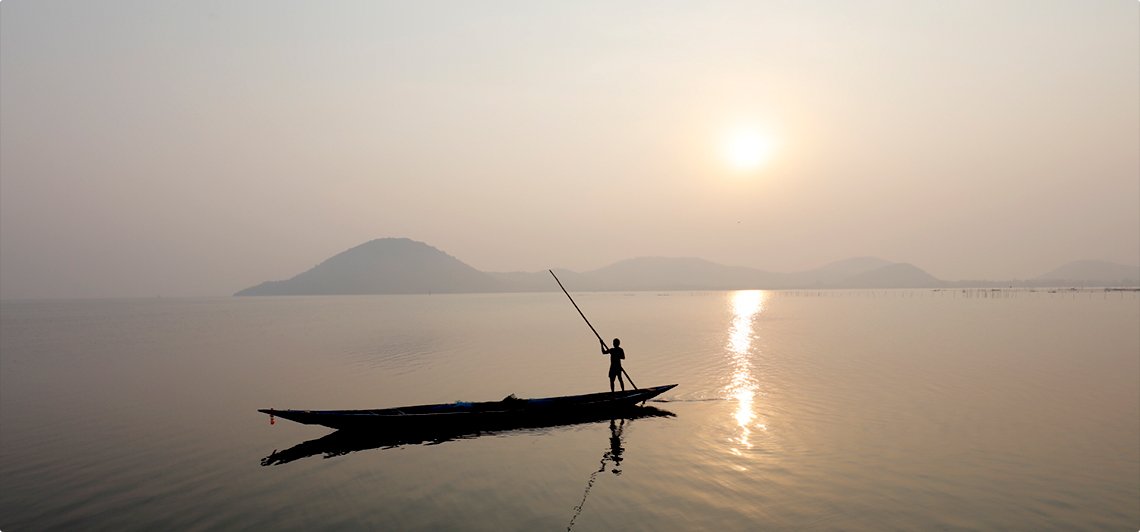The Char Dham Yatra (Four Dhams) is one of the most revered pilgrimages in Hinduism. Spanning across the length and breadth of India, these four holy shrines—Badrinath, Dwarka, Puri, and Rameswaram—are considered gateways to liberation, spiritual awakening, and divine grace. Established to integrate the diverse spiritual traditions of India, the Char Dham represents the four directions of the country and embodies the universality of the Hindu faith.
Each dham has its own unique spiritual resonance, historical relevance, and cultural significance. Visiting all four is believed to cleanse one’s soul, dispel sins, and strengthen one’s connection to the divine.
✨ Why the Char Dham Are Special and Sacred
- Spiritual Significance
- The Char Dham is believed to be a spiritual circuit connecting different manifestations of Lord Vishnu, Lord Shiva, and other forms of divinity.
- Visiting all four dhams is said to grant moksha (liberation from the cycle of birth and death).
- Pilgrims believe that their karmic burdens are reduced and their spiritual awareness deepened.
- Unity of India’s Spiritual Landscape
- The dhams are spread across all four corners of India, symbolizing the integration of culture, language, and spiritual practices.
- It is a pilgrimage that unites people from every state, caste, and community.
- Historical and Mythological Importance
- These temples are rooted in legends from the Puranas and scriptures.
- They have been centers of learning, architecture, and pilgrimage for centuries.
🛕 The Four Dhams: Details
1. Badrinath Dham (Uttarakhand – North)
- Presiding Deity: Lord Vishnu
- Location: On the banks of the Alaknanda River, nestled in the Himalayas
- Significance: Believed to be the meditation site of sage Nar-Narayan and Lord Vishnu’s abode in the northern region
- Best Time to Visit: May to October (open only during summer and monsoon seasons due to heavy snowfall in winter)
- Historical Notes: The temple was revived by Adi Shankaracharya in the 8th century. It is considered one of the holiest Vaishnavite shrines.
- Unique Feature: Pilgrims often trek through scenic Himalayan routes; the spiritual ambiance is unmatched.
2. Dwarka Dham (Gujarat – West)
- Presiding Deity: Lord Krishna
- Location: On the Arabian Sea coast of Gujarat
- Significance: Dwarka is believed to be the kingdom of Lord Krishna, where He ruled and led His people during the Mahabharata era
- Best Time to Visit: October to March (pleasant climate and festival celebrations like Janmashtami and Holi)
- Historical Notes: The temple is believed to have been built over the remains of the ancient city of Dwarka, which was submerged in the sea
- Unique Feature: The sea breeze, ancient temple architecture, and Krishna lore make it a profound spiritual and cultural experience.
3. Jagannath Puri (Odisha – East)
- Presiding Deity: Lord Jagannath (form of Lord Krishna)
- Location: Puri, on the Bay of Bengal coast
- Significance: Known for its annual Rath Yatra, where massive chariots carry the deities through the streets
- Best Time to Visit: November to February (cool weather and easier access), but Rath Yatra in June/July draws millions
- Historical Notes: The temple dates back to the 12th century and is an epicenter of devotion, culture, and rituals
- Unique Feature: The spiritual energy of Jagannath worship is palpable; food offerings (Mahaprasad) are considered sacred.
4. Rameswaram Dham (Tamil Nadu – South)
- Presiding Deity: Lord Shiva (as Ramanathaswamy)
- Location: On Pamban Island, near the Gulf of Mannar
- Significance: Associated with Lord Rama, who worshipped Shiva here before crossing to Lanka to defeat Ravana
- Best Time to Visit: November to March (cool and humid conditions are ideal for temple visits and sea baths)
- Historical Notes: The temple is renowned for its long corridors, sacred wells, and as one of the 12 Jyotirlingas
- Unique Feature: Pilgrims perform ritual baths and prayers, symbolizing purification and penance.
📅 The Right Time to Visit
| Dham | Best Visiting Months | Why |
|---|---|---|
| Badrinath | May – October | Snow melts, roads accessible |
| Dwarka | October – March | Mild climate, festival celebrations |
| Puri | November – February | Pleasant coastal climate, spiritual events |
| Rameswaram | November – March | Ideal weather for temple visits and sea baths |
🏆 Which Dham Is the Best?
The “best” dham depends on one’s spiritual aspirations:
- Badrinath is ideal for seekers yearning for Himalayan solitude and deep meditation.
- Dwarka is perfect for Krishna devotees drawn to the playful, political, and philosophical aspects of Lord Krishna’s life.
- Puri appeals to those seeking devotional energy, community worship, and festival fervor.
- Rameswaram offers purification rituals, healing energies, and links to the Ramayana’s heroic spiritual narrative.
Ultimately, the Char Dham is a holistic journey—each dham complements the other, offering a complete spiritual experience. Visiting all four is considered the most rewarding way to understand the unity of Indian spirituality.
🌟 Conclusion
The Four Dhams are far more than temples—they are spiritual gateways that connect seekers with divine consciousness, timeless traditions, and India’s sacred geography. From the snow-capped peaks of Badrinath to the sea-washed shores of Rameswaram, each dham is a portal to transcendence, healing, and inner awakening. Whether you’re a pilgrim, historian, or seeker of knowledge, a journey through the Char Dham is an unforgettable passage toward spiritual wholeness.
Let me know if you want this article expanded with pilgrimage routes, nearby attractions, or personal experiences from devotees.






Leave a Reply